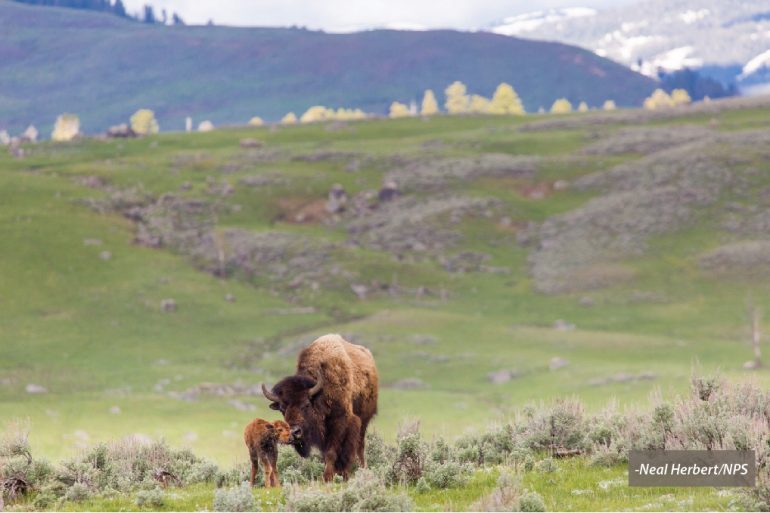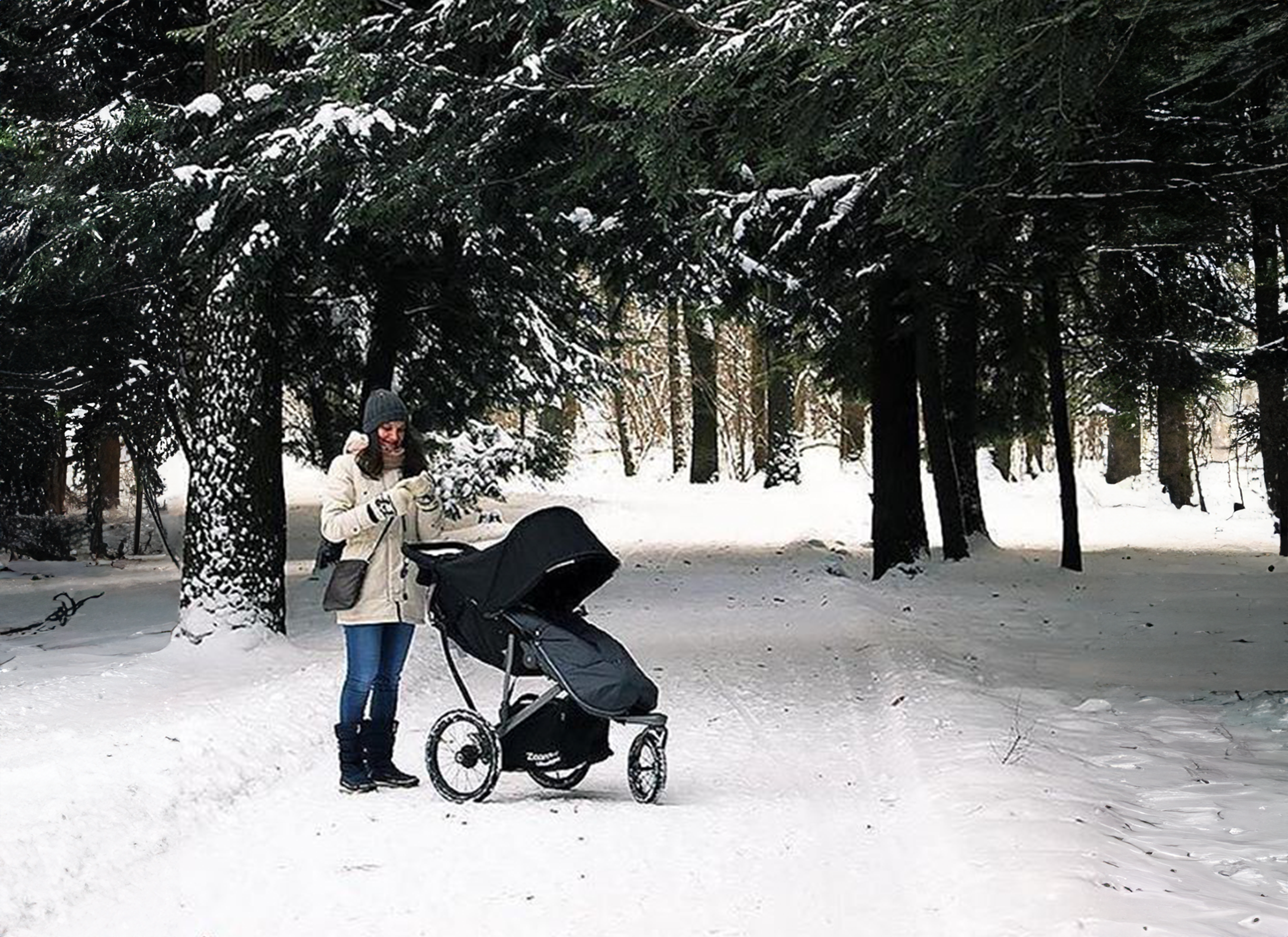Cutest Wild Animal Babies in National Parks
Republished article from nationalparks.org National Park Foundation
National parks are home to some of our nation’s cutest inhabitants. Mammals, birds, reptiles, and more – of all shapes and sizes – depend on the delicate ecosystems within the National Park System to conserve the circle of life. And if you visit during the right time of year, and trek into the parks at the right time of day, you just might be lucky enough to spot some of the cutest wildlife babies this country has to offer. Just remember to always watch from a distance for your safety and for theirs!
Read on to learn about some of the unique baby animals you can spot in their natural homes when you find your park.
CALIFORNIA CONDORS
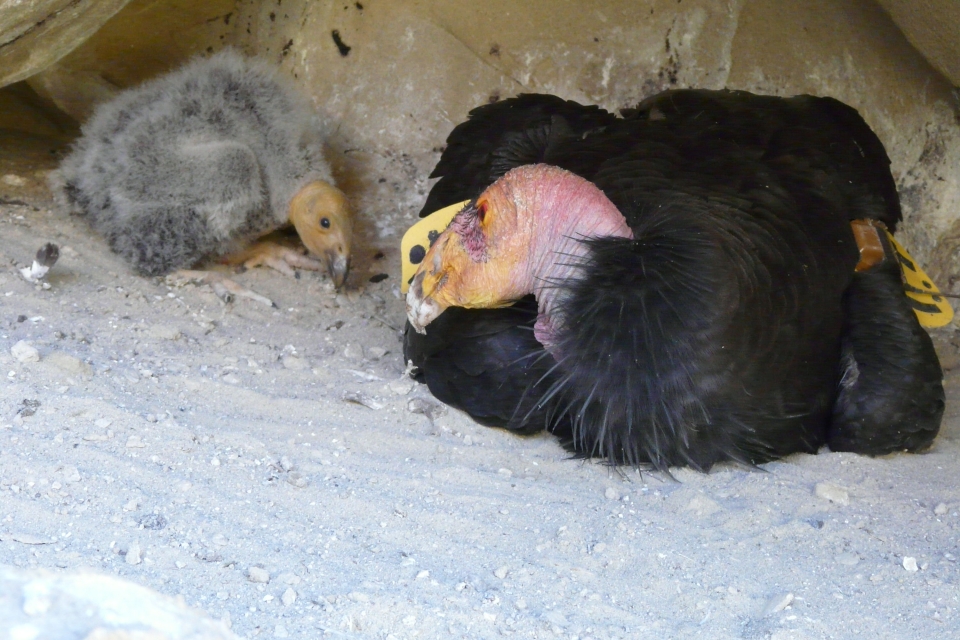
“The face only a mother could love” swaps to “the face only an offspring could love” given that the sweet, fluffy baby condor’s looks are irresistibly cute compared to those of its bald-headed mother. The young are hatched within nests placed in caves on the face of steep cliffs. A single, pale, aqua-colored egg is laid. Then, the pair takes turns staying with the egg for approximately 55 days of incubation. A real modern-day coupling, both parents assist in feeding and warming the chick. The new chick fully develops its flight feathers within 6 months, though still dependent on its parents for its first 1-2 years.
Sadly, condors – the largest land birds in North America, with wings spanning 9.5 feet – have not been seen in the Redwoods in over a century. They remain one of the rarest birds in the world, despite ongoing recovery and re-introduction programs.
In 2003, the Yurok Tribe identified the return of the California condors to their territory as a top priority. The National Park Foundation is proud to be working with the Yurok Tribe and other partners to build a facility and monitoring program that will allow condors to be released within Redwood National and State Parks in Yurok ancestral territory.
SEA TURTLES
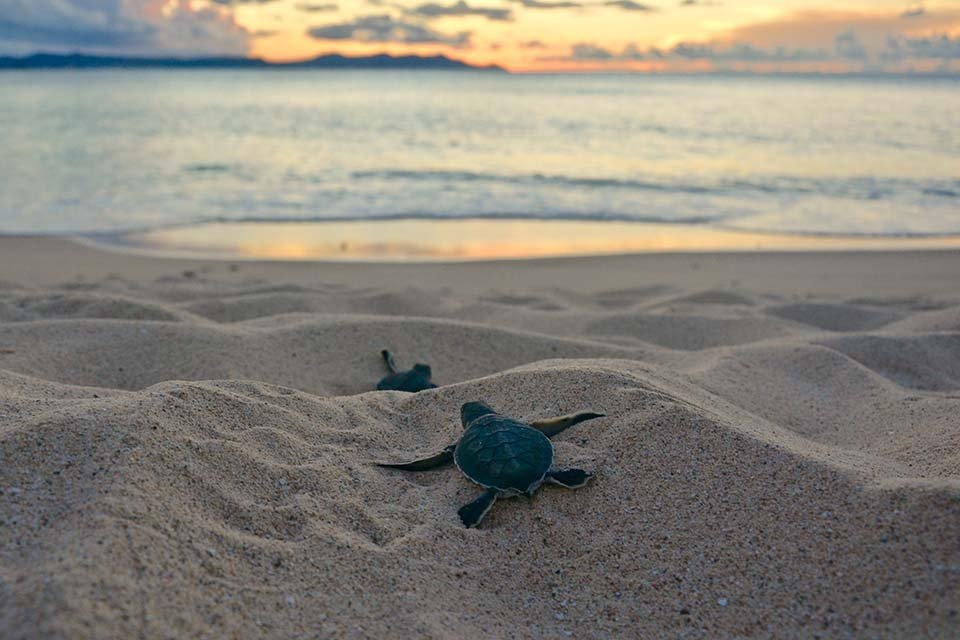
Tiny turtle bodies with clumsy little flippers can be spotted hurtling toward the Gulf in spurts of energy each year at Padre Island National Seashore. There are five species of sea turtles within the Gulf of Mexico – all of which can be found at the seashore and its adjacent waters.
April to September at the seashore is sea turtle nesting season, and visitors who return between May and August might be lucky enough to see a hatchling release. The releases take place around sunrise and are not always predictable, though the park attempts to update predicted times for releases. Given that sea turtles spend only about 1% of their lives on land, these opportunities to see this dash toward the waves are an incredible experience!
BISON
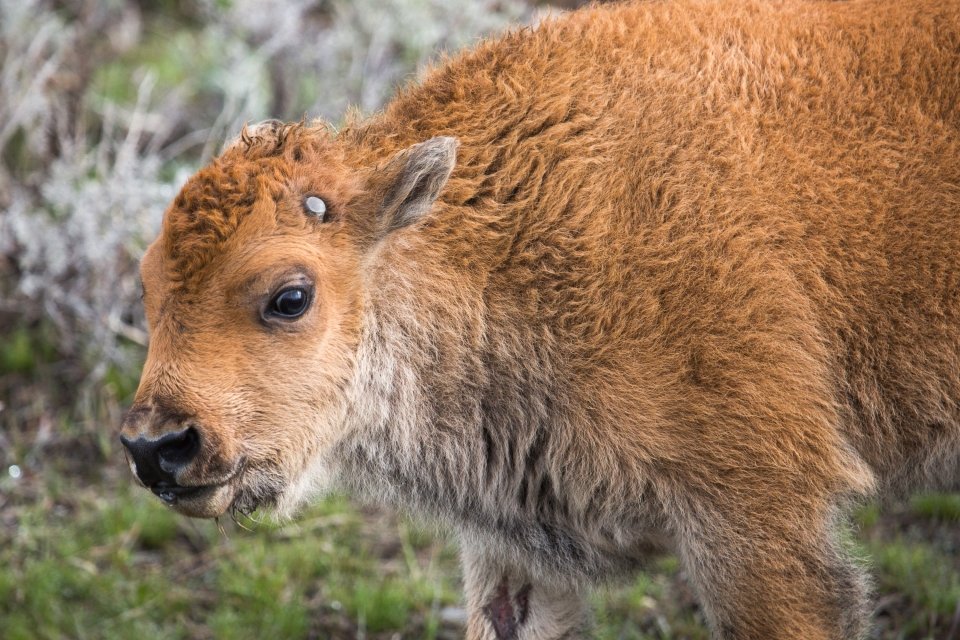
Bison (the correct name for buffalo) are America’s largest land mammal and as of 2016, earned its accolade as one of our national mammals. At birth, these heavyweight champs are already 30-70 pounds. The new calves are born between March and May and are called “red dogs” because of their reddish-orange color.
Within a few months, their color changes to the characteristic brown color of the adult bison and horns begin to grow. They communicate with their mothers using pig-like grunts. There are currently 17 protected bison herds in 12 states across the United States. Tallgrass Prairie National Preserve is just one park committed to preserving these giant beasts and their homeland. The park’s herd lives in Windmill Pasture and can be safely viewed from 100 yards away.
WOLVES
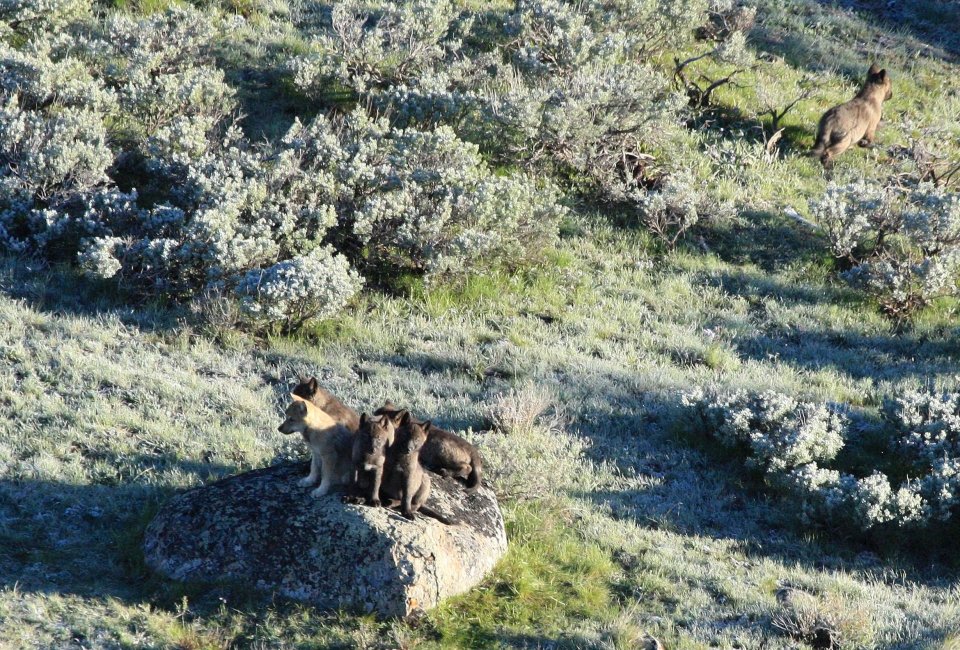
Puppies! Yes, wolf pups are adorable, but they do grow up and then they’re ready to hunt elk, bison, deer, and other prey within parks like Yellowstone National Park. In the past decade, wolf numbers in the park have fluctuated between 83 and 108 wolves.
The best time to see these large predators is between dawn and dusk, particularly in the northern range of the park. The average mother wolf has about five pups, which are usually born in April. With help from National Park Foundation grants, the park carefully monitors wolf packs in the park and keeps track of pup counts at dens each year.
PORCUPINES
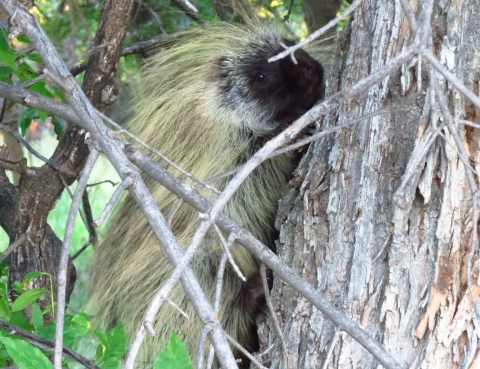
What’s smaller than a beaver and even more rare than a raccoon? A porcupine! And these funny-looking, nocturnal rodents parent “awwww”-inducing porcupettes. Born with quills that are still soft, the newborn’s quills harden within minutes in the fresh air. In another hour or so, the porcupette will already be able to climb trees!
Porcupines spend most of their hours sleeping away the day in trees. While resting, 75% of their body’s system is focused on digestion. Babies are usually born in April or May and can sometimes be spotted shuffling around Devils Tower National Monument.
PUFFINS
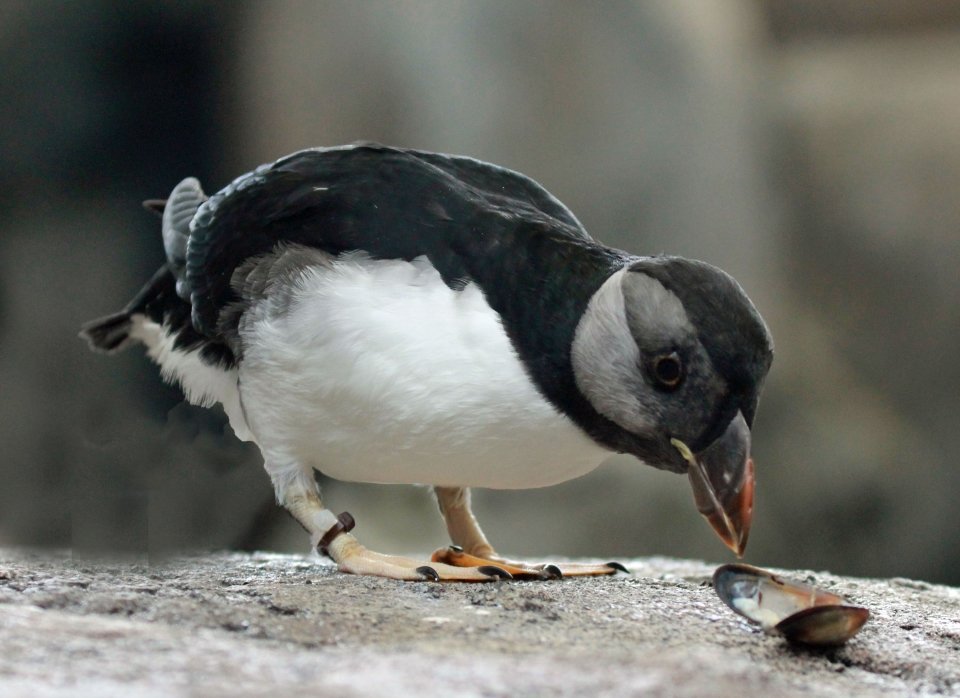
Alaska’s parks are brimming with wildlife, and Kenai Fjords National Park is no exception! This park is home to TWO types of puffin! These adorable birds parent fuzzy little pufflings, each pair focusing on one egg per breeding season to ensure higher chances of success.
These precious chicks stay on land in their nests, being fed fish, until they’re ready to leave. They then head out alone for the open sea in the middle of the night. They only return 2-3 years later, once they are fully breeding adults.
GOATS
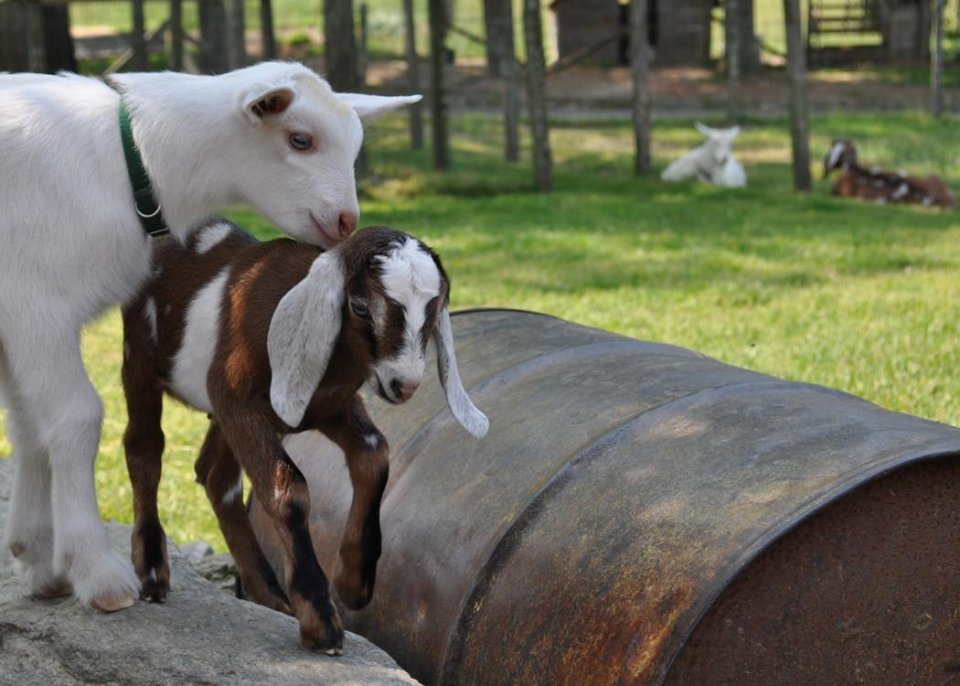
When you think of Carl Sandburg, you should think of poetry, human rights, and… goats! After one of Sandburg’s daughters requested a cow to care for, Sandburg suggested a goat instead. The purchase of two goats quickly turned into a full flock for Lillian Sandburg, Carl’s wife.
Lillian Sandburg became known for her well-bred goats, which were able to produce far more milk than any others. Today when you visit Carl Sandburg Home National Historic Site, be sure to visit the Connemara Farms Goat Dairy and fawn over the playful kids.
BLACK BEARS
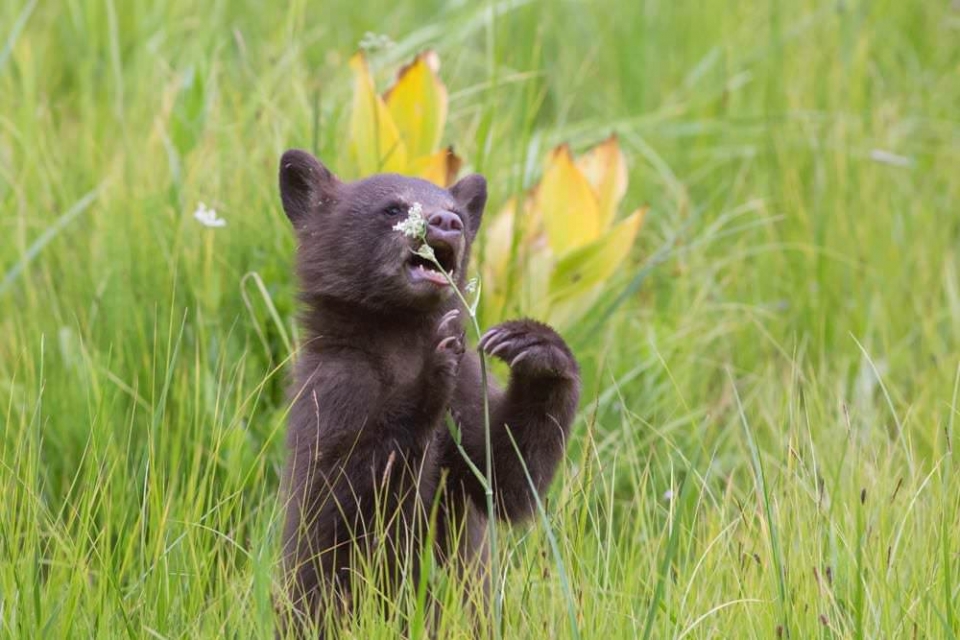
The namesakes for northern-Michigan’s Sleeping Bear Dunes National Lakeshore, black bears have long called this park home. However, spotting a bear while visiting is rare, and the chance of seeing a cub is even rarer. Those lucky enough to spot these playful babies will feel their hearts melting as the little bears tag along with their mother, climb trees, or wrestle with a sibling.
Little black bears are born hairless weighing 10-16 ounces, yet can grow to weigh 50-60 pounds by their first summer. But remember, despite preferring to stay away from humans, these hungry animals are known to rummage for food, and if they feel threated, they can be dangerous.
Remember to use bear boxes when camping in the park and stay a safe distance away! Bears that become accustomed to human food (it can happen even after just one cookie!) can have their food-seeking behavior altered, lose their natural fear of humans, and are far more likely to become aggressive and tenacious in further attempts to snag a snack. Be sure to keep the bears (and yourself) safe by properly storing food.
NORTH AMERICAN RIVER OTTERS
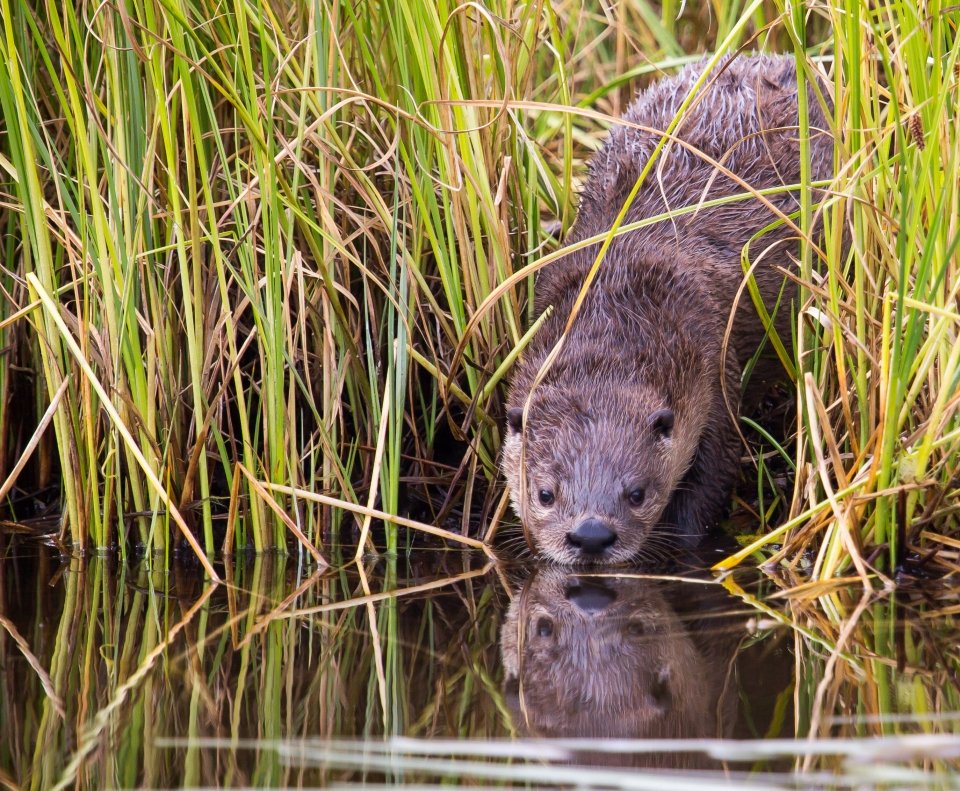
They may not be holding hands on their backs like sea otters, but river otter pups are just as endearing! With their thick coats and slender bodies, these water dwellers are excellent swimmers and use their webbed toes to quickly push through the park’s waters. They love to play and socialize and have even been known to tuck in their front feet and slide down icy hills as though they’re sledding!
If you see them while visiting San Juan Island National Historical Park, listen to see if you can hear them chattering away with chirps and whines, but don’t come too close! Like many wild animals, otters can become aggressive if they fear for their young. You’re most likely to see these playful mammals along the American Camp bluff trails, at Jake’s Lagoon, or in Garrison Bay at English Camp.
OZARK HELLBENDER
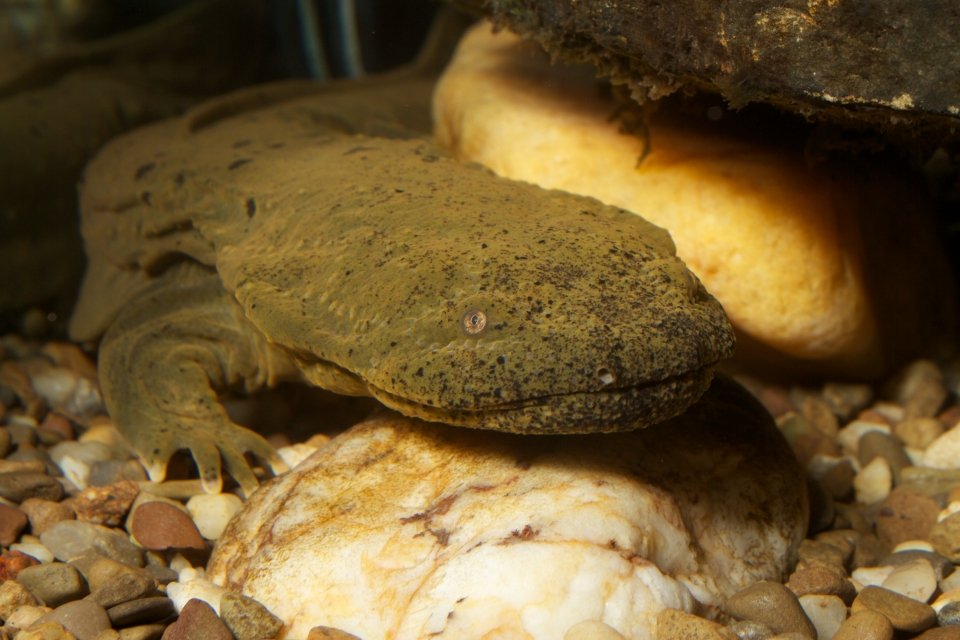
This funny amphibian perfectly explains why you shouldn’t judge a book by its cover OR its name. When visiting Ozark National Scenic Riverways, the Ozark hellbender will be a rare and fascinating sight. It might look a bit slimy and its name sounds demonic at best, but these large amphibians are found only in the rivers of the Ozarks and are a crucial part of the ecosystem. With flat long bodies that grow up to 2 feet in length, their skin is bunched up in fleshy folds that allow them to breathe underwater.
Sadly, the population of this giant salamander is aging rapidly as reproduction has dropped for several years, causing a slow and steady decline that was not easily recognized due to their long lifespans. If you do spot a hellbender, you’ve gotten lucky to see one of these shy, nocturnal natives! Be sure not to disrupt this harmless friend.
From giant winged scavengers to friendly dairy goats — the parks are home to an impressive array of animals. Often times, the help of additional grants and support from partners like the National Park Foundation are crucial in ensuring that native animals continue to thrive in their habitats.

